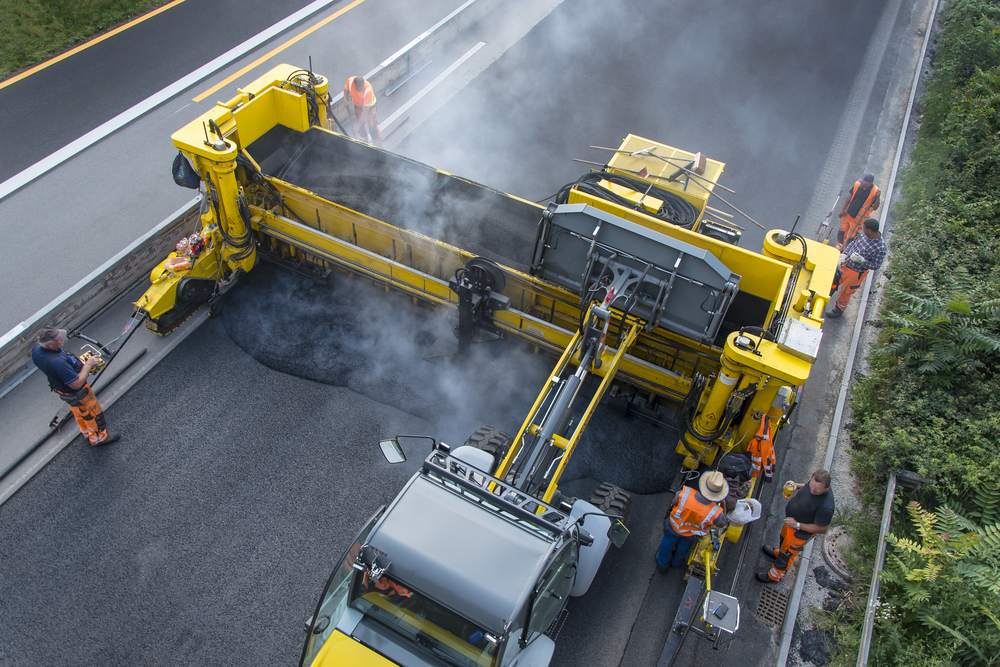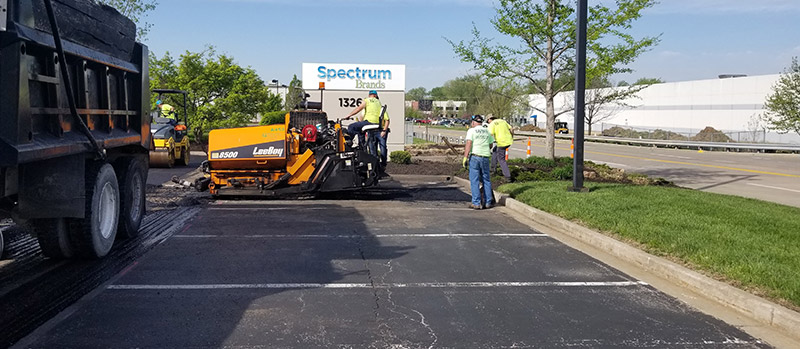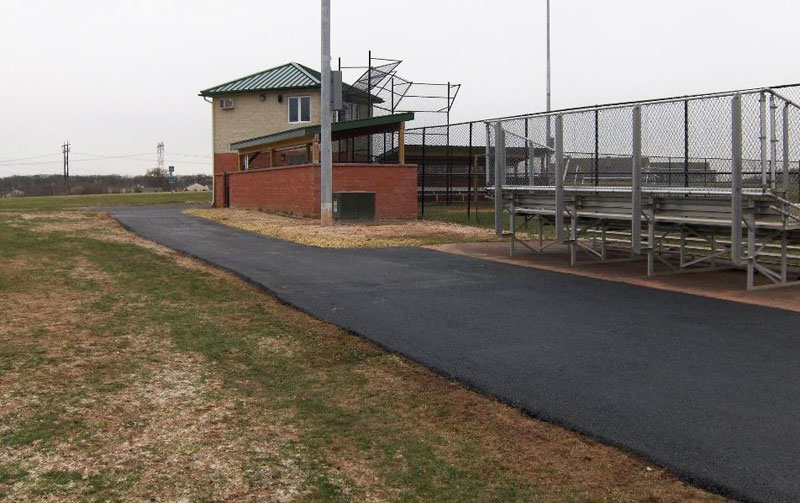Everything about A1 Professional Asphalt & Sealing Llc
Everything about A1 Professional Asphalt & Sealing Llc
Blog Article
The smart Trick of A1 Professional Asphalt & Sealing Llc That Nobody is Talking About
Table of ContentsA1 Professional Asphalt & Sealing Llc Things To Know Before You BuyThe 20-Second Trick For A1 Professional Asphalt & Sealing LlcThe Best Guide To A1 Professional Asphalt & Sealing LlcThe Ultimate Guide To A1 Professional Asphalt & Sealing LlcA1 Professional Asphalt & Sealing Llc Fundamentals Explained

The oil in an automobile engine is not simply oil. It has a selection of ingredients to enhance the vehicle's efficiency. These consist of polymers, thickness modifiers, warmth stabilizers, added lubricating substances, and use additives. The REOB has all the ingredients that remained in the waste oil in addition to the wear metals from the engine (mostly iron and copper).
By making several blends using various REOB samples and different asphalt binders, the variations largely can be averaged out. Numerous States offered examples of well-known REOB structure to TFHRC scientists, that assessed the samples to contrast the percent of added (recognized) REOB to the discovered (evaluated) quantity. The evaluations revealed a comparable portion of included and located REOB.
Everything about A1 Professional Asphalt & Sealing Llc
None of those States understood that the asphalt they were purchasing included REOB. One State urged its examples had no REOB - https://pxhere.com/en/photographer/4237412.
Of the 1,532 examples tested, 12 percent consisted of REOB, and some had appreciably high levels of it at 1020 percent. The greatest level was 34 percent in an example from Texas, which TxDOT had utilized in a patching compound. This testing additionally disclosed the visibility of phosphoric acid in 11 percent of the examples, and 2 percent had ground tire rubber.
2 years back at TRB's yearly meeting, the Federal researchers held an REOB workshop and presented the findings of their research laboratory assessments to a standing room-only crowd. Some companies do not especially outlaw REOB, they do impose physical examinations that prevent its useeffectively a ban. Others do not prohibit it by requirements, however have agreements with asphalt suppliers to stay clear of making use of REOB
The Ultimate Guide To A1 Professional Asphalt & Sealing Llc
A handful do enable REOB, some within particular limitations. Ohio and Texas restriction degrees to much less than 5 percent of the asphalt. To create a dependable examination technique that all States can make use of, the TFHRC scientists set up a round-robin examination strategy. The individuals are 11 State highway agencies (Illinois, Massachusetts, Minnesota, Mississippi, Montana, North Carolina, Oklahoma, South Carolina, Texas, Vermont, and Wyoming), 2 independent testing labs, the Ministry of Transportation in Ontario, Queen's College in Ontario, and an Ontario paving contractor.
The participants are testing the examples individually utilizing the standards supplied by the TFHRC researchers. The outcome will certainly be a proposed AASHTO examination method that any type of State can embrace and use.
The sidewalk with REOB, which is located 0.6 mile (1 kilometer) from the sidewalk without REOB, has the same subgrade, website traffic density, and climate. Nevertheless, the segment of Highway655 with 5 to 10 percent REOB revealed considerable fracturing. In this example, the existence of REOB was the identified reason for splitting at a reduced temperatures.
"In our experience in Canada, also tiny amounts of 23 percent can be a problem." An area of examination pavement in Minnesota (MN1-4) located to include REOB additionally split prematurely. The sidewalk performed well for the very first 3 to 4 years, yet then started to crack. This sidewalk is likewise based on reduced temperature levels.
A Biased View of A1 Professional Asphalt & Sealing Llc
The examinations were not extensive, yet they revealed that at degrees of 6 percent or more, the tensile strength of the asphalt dropped dramatically. At a level of 3.5 percent REOB, the variant in the physical examination techniques was better than the result of REOB. Actually, it was hard for researchers to analyze whether REOB was present.

One binder criterion considered is the difference between the reduced temperature level crucial specification temperature for stiffness (S) in the flexing beam rheometer and the flexing beam rheometer creep slope (m-value) noted as Tcritical. 2 independent research teams, one from AASHTO and the various other from the Asphalt Institute, concluded that more research study is needed on the use of REOB in asphalt.
Previously, visit our website all asphalt screening gauged design residential properties such as tightness. These tests do disappoint what products had actually been added to the asphalt. One sample received during the TFHRC study had a really odd analysis. The sample had the adhering to test results: Superpave PG 64-28 with a high temperature quality of 67.3 Tcritical on the bending beam rheometer was 6.7 levels Celsius.

What Does A1 Professional Asphalt & Sealing Llc Do?
These results demonstrate there are weaknesses in the standardized design screening methods that may be made use of. The manufacturer might have an economic benefit and the product passes all the standardized examinations, yet the product might not be helpful to ensuring lasting efficiency. To address this issue and the expansion of new asphalt additives and extenders, TFHRC is starting a study program to use portable spectroscopic devices, x-ray fluorescence spectroscopy, and Fourier change infrared spectroscopy to enable evaluations to be done in the field rather than having to take examples back to the laboratory.
Report this page